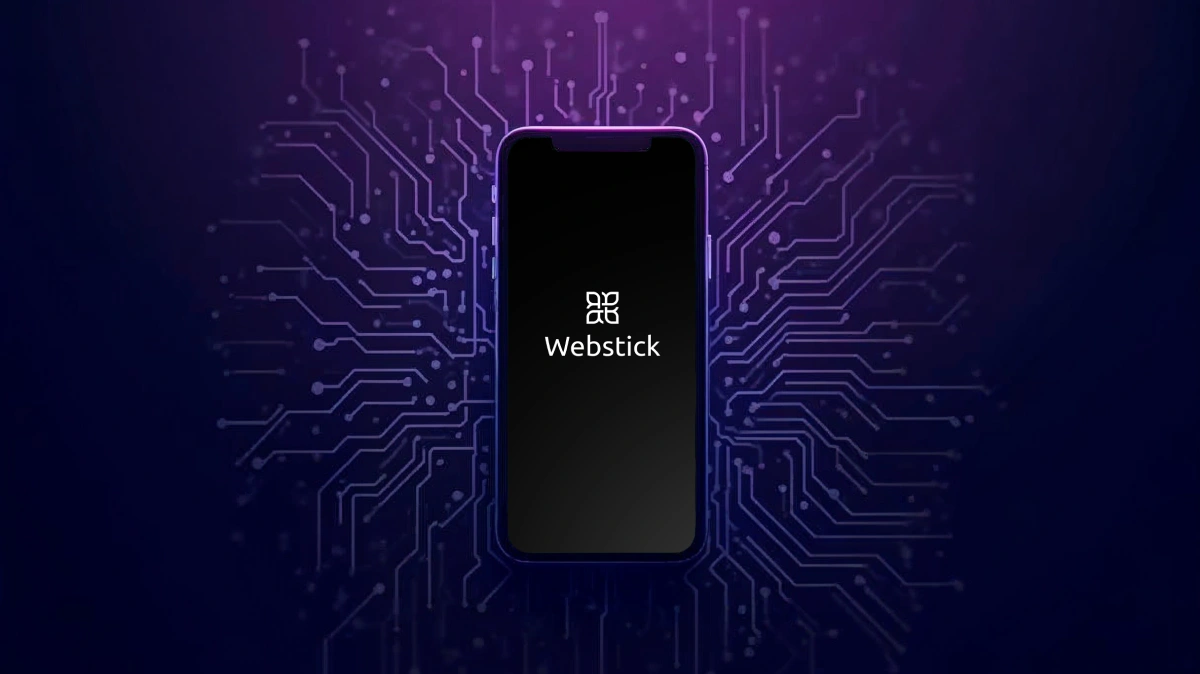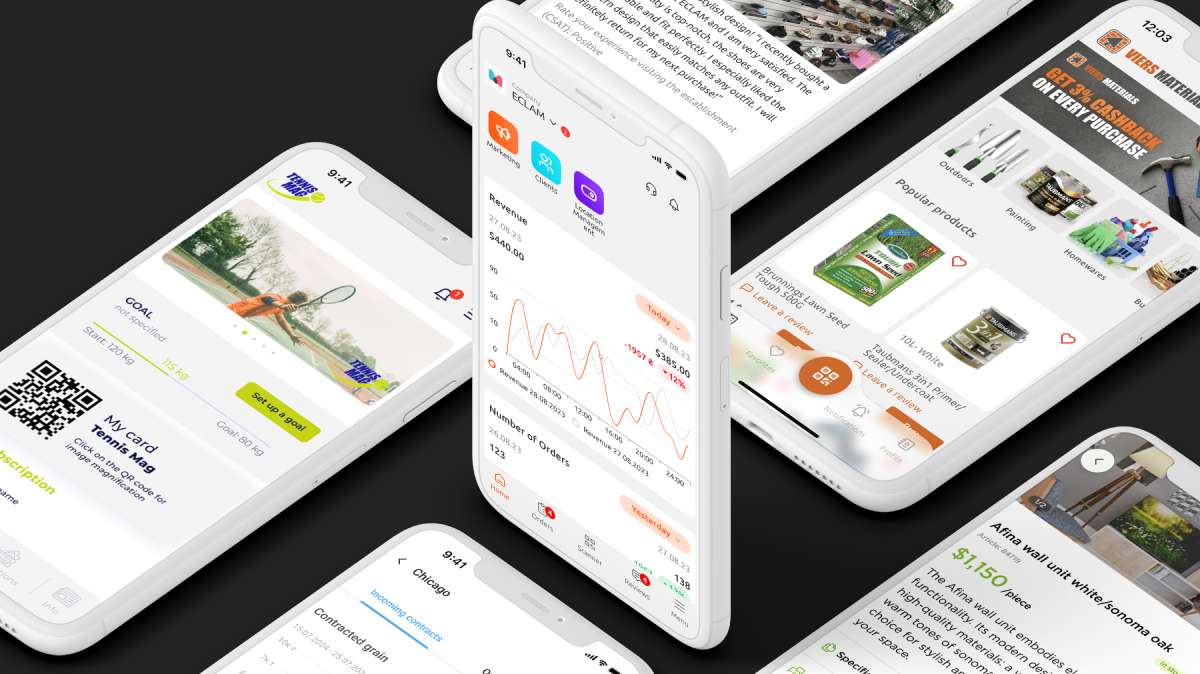
In today's world, where users expect instant access to information and a seamless experience, mobile app optimization is becoming extremely important. Apps that are slow to load or perform inefficiently can lead to the loss of audience and negative feedback. In this article, we'll look at the key aspects of mobile app optimization that will help you create a competitive product.
What is mobile app optimization?
Mobile application optimization is the process of improving its performance, loading speed, reducing resource consumption, and ensuring stable operation. The main goal of this process is to provide a better user experience (UX), minimize the number of errors, and make the application more attractive to users.
Why is app speed important?
Speed is one of the most important factors in the success of a mobile app. Statistics show that:
- 53% of users leave an app if it takes more than 3 seconds to load.
- Apps with slow performance receive significantly more negative reviews.
- App performance directly affects the ranking in the app stores (App Store, Google Play).
Key aspects of mobile app optimization
1. Minimize the size of the application
The size of an app affects the number of downloads. Large apps can be off-putting to users, especially if they have limited space on their device. To reduce the size:
- Use resource compression techniques (images, video, audio).
- Remove unnecessary code, libraries, and modules.
- Use dynamic content loading to reduce the initial size of the app.
2. Code optimization
Optimized code is the foundation of a fast and stable application. Follow these recommendations:
- Avoid code duplication.
- Use asynchronous data loading.
- Use code obfuscation to reduce code size and increase security.
- Regularly conduct code reviews to identify bottlenecks.
3. Data caching
Caching helps reduce application load times and improve performance. Use:
- Local caching for static content.
- CDN (Content Delivery Network) for fast delivery of resources.
4. Optimize images and videos
Images and videos often take up the most space in an app. To optimize them:
- Use modern formats such as WebP or HEIF.
- Compress images without losing quality.
- Use responsive formats for different screen resolutions.
5. Reduce loading time
- Reduce app loading time:
- Use lazy loading for secondary content.
- Prepare a splash screen so that users don't experience any lag.
- Optimize the initial screen by focusing on loading key content quickly.
How to ensure the stable operation of the application?
1. Testing on different devices
Mobile devices have different characteristics (screens, processors, memory). To ensure stability:
- Use emulators and real devices for testing.
- Test the app on different OS versions.
2. To monitor performance.
Use tools like Firebase Performance Monitoring or New Relic to:
- Track page load times.
- Identify bottlenecks in the code.
- Analyze resource utilization.
3. Error handling
Errors can significantly affect the user experience. To minimize them:
- Use logging to record failures.
- Implement features to automatically send error reports.
- Maintain a stable application architecture.
How to ensure the effectiveness of the application?
1. Optimize battery consumption
Users react negatively to apps that drain the battery quickly. To do this:
- Minimize the use of background mode.
- Use efficient data processing algorithms.
- Avoid excessive use of GPS, Bluetooth, and sensors.
2. Reduce the use of RAM
To keep the app running smoothly:
- Optimize memory allocation.
- Close unnecessary background processes.
- Use Garbage Collector to free up memory.
3. Network performance.
Network requests can be slow and power-hungry. To increase efficiency:
- Use data compression.
- Minimize the number of API requests.
- Implement offline mode to reduce network dependency.
Best practices for mobile app optimization
- Update your app regularly based on user feedback.
- Use analytics to analyze user behavior.
- Follow the recommendations from Google and Apple for optimization.
- Ensure inclusive UX by adapting the app for people with disabilities.
- Constantly monitor competitors and implement new technologies.
Mobile app optimization is a complex but necessary process to achieve success. By following the recommendations described above, you can create a fast, efficient, and convenient product that will satisfy the needs of your users and take a high position in the ranking of mobile stores.



